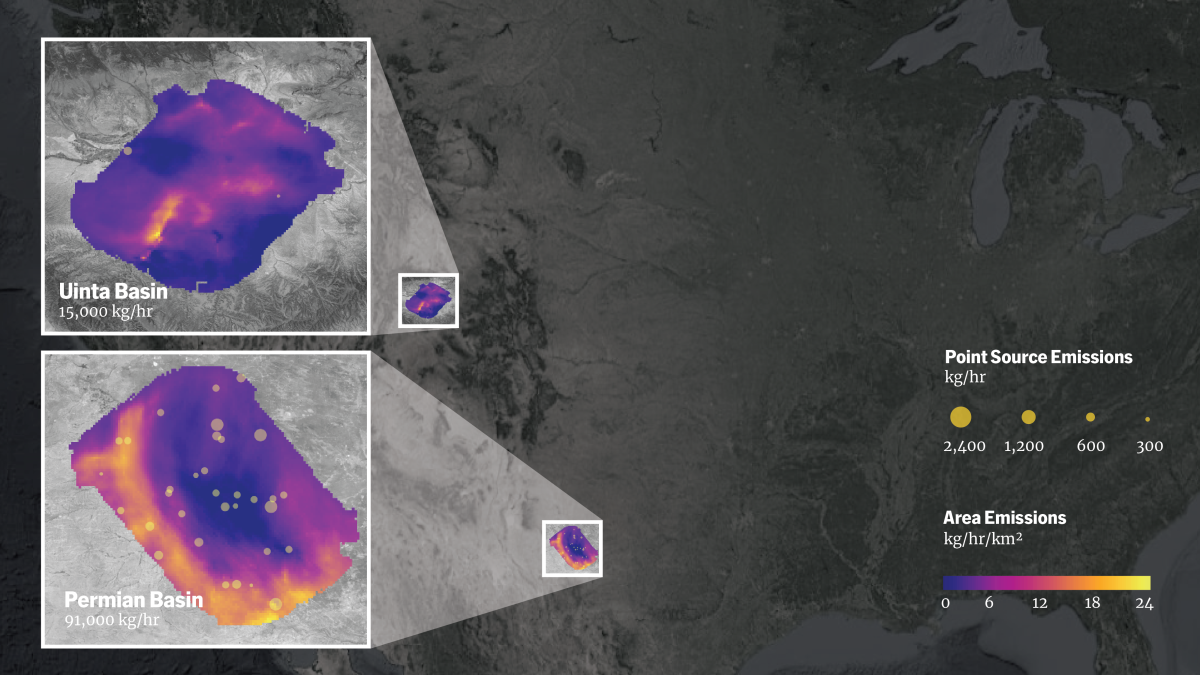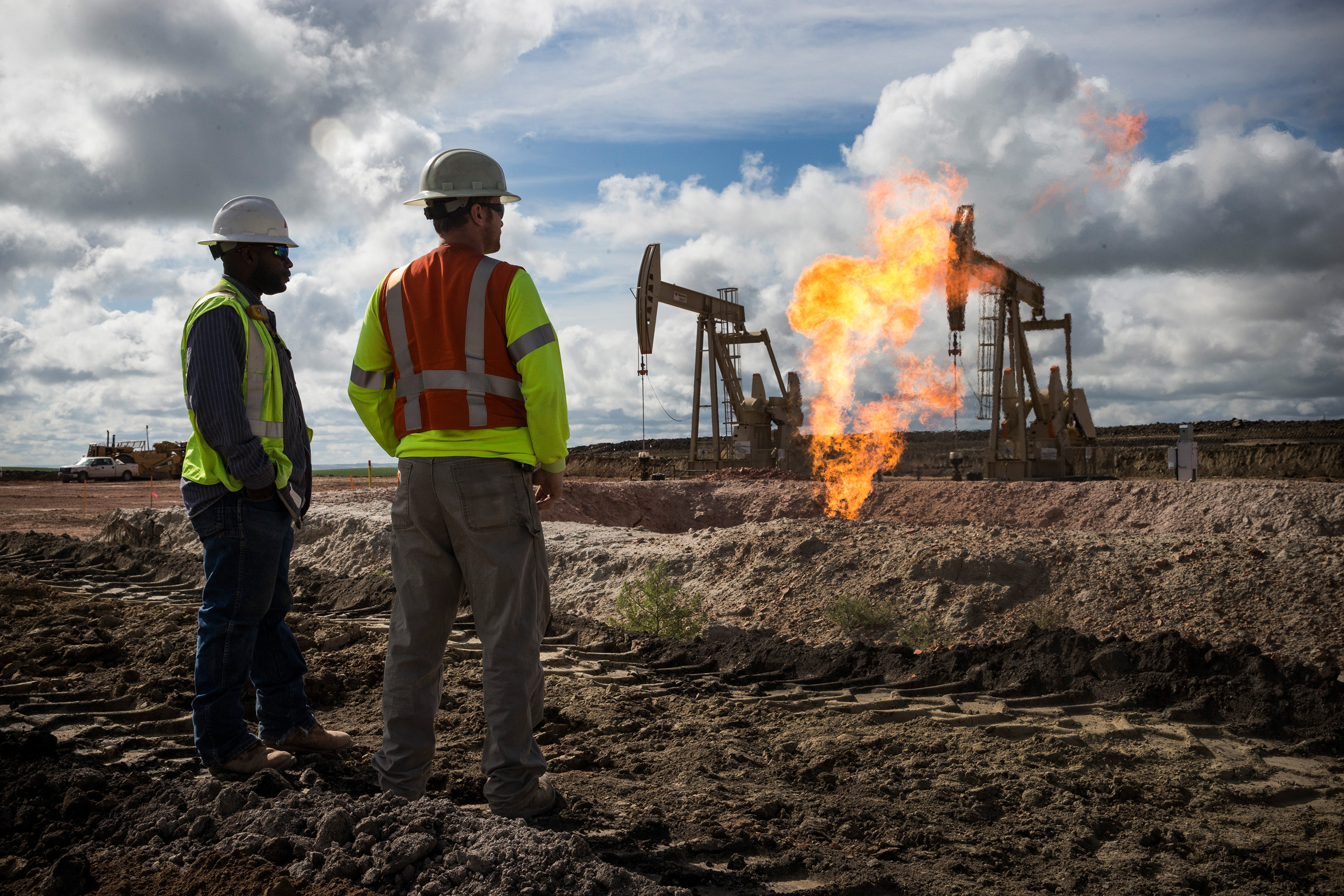Recent aerial surveillance has revealed that methane emissions from U.S. oil and gas production are alarmingly higher than previously estimated, surpassing government projections by over four times and industry targets by eight times. This troubling data, along with a recent global methane study, highlights the increasing threat these emissions pose to climate change mitigation efforts.
According to Gautam, the methane data stemmed from extensive aerial surveys covering large parts of the 12 major U.S. oil and gas basins, representing about 70% of onshore drilling sites.
“This is probably the most comprehensive data set that’s been acquired over the onshore U.S. oil and gas production,” he stated.

Methane, a primary component of natural gas, is less persistent in the atmosphere than carbon dioxide but is significantly more effective at trapping heat, making it a crucial short-term climate concern.
The oil and gas sector is a major methane source, with emissions escaping from various points including drilling sites and pipelines, and sometimes being flared off as waste. Gautam noted that emission levels fluctuated across different regions, with the Appalachian Basin and the Permian Basin showing the highest total emissions. In contrast, the Uinta Basin in Utah exhibited a shocking loss of up to 7% of methane.
Recently, during the COP28 climate talks in Dubai, 50 companies representing over 40% of global oil and gas production committed to reducing methane emissions to just 0.2%. However, current data indicates that the U.S. is far from achieving these goals.
“These emission levels are very high,” Gautam commented, stressing the need for the U.S. to lead in methane reduction initiatives.
The Environmental Defense Fund (EDF) emphasized the importance of accurate reporting, given the vast discrepancy between actual emissions and industry claims. The MethaneSAT satellite, launched in March, is expected to enhance monitoring capabilities, with data anticipated early next year.

Zaidi highlighted that the administration has prioritized addressing methane emissions since day one, yet research indicates that methane levels continue to rise.
A recent study published in Frontiers in Science warns that atmospheric methane increases are surpassing projections and are likely to escalate further unless decisive measures are taken.
Furthermore, there’s a concerning link between human-induced emissions and methane released from natural sources, as rising temperatures from industrial emissions may trigger increased methane leakage from wetlands.
“To slow warming effectively, we need rapid reductions in methane emissions this decade,” the researchers concluded.
